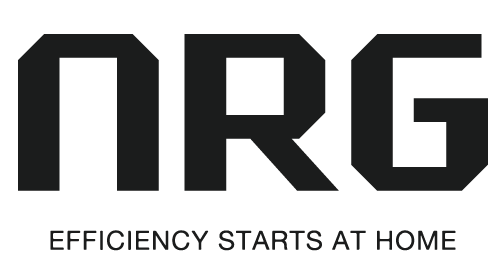Driveways experience daily wear from vehicles, weather, and foot traffic, making them prone to issues over time. Knowing the common problems with driveways and how to fix them helps you maintain a safe, attractive, and long-lasting surface for your property.
Cracks and Potholes
One of the most common problems with driveways is cracking. Small hairline cracks can develop due to temperature changes causing the material to expand and contract. If ignored, these cracks widen and deepen, leading to structural damage. To fix cracks, clean the area thoroughly and fill them with a crack filler designed for your driveway type, whether asphalt or concrete. For wider cracks, consider professional resurfacing to restore the surface evenly.
Potholes are another issue, often caused by water seeping into cracks and weakening the foundation. Vehicles driving over these weak spots eventually create depressions. To fix potholes, remove the loose debris and fill the hole with cold-patch asphalt or concrete patching mix, then compact it to ensure a level surface. Large potholes should be addressed by professionals for a long-lasting repair.
Drainage and Stains
Poor drainage is a common problem with driveways that leads to water pooling, erosion, and eventual foundation damage. If you notice standing water, the solution is to improve grading or install drainage systems such as trench drains or French drains to redirect water away from the driveway. This prevents moisture from undermining the base material and causing cracks or sinkholes.
Oil and rust stains are another issue that affects both asphalt and concrete driveways, creating unsightly marks. To fix stains, use degreasers or specialized driveway cleaners to break down and remove oil spots. For rust stains, applying a mixture of lemon juice and baking soda or using a commercial rust remover helps lift the discoloration. Regular cleaning prevents stains from setting deeply into the surface.
Surface scaling and spalling are problems common in concrete driveways. Scaling happens when the surface peels or flakes off due to freeze-thaw cycles, while spalling is deeper flaking caused by poor installation or moisture infiltration. Small areas can be repaired using a concrete resurfacer to restore a smooth finish, but extensive damage may require replacing the affected sections.
Tree root damage is another issue with driveways, causing cracks and uneven surfaces as roots push upward. To fix this, consult an arborist to assess root trimming without harming the tree’s health. In severe cases, sections of the driveway may need removal and re-pouring after addressing the root problem.
Knowing the common problems with driveways and how to fix them keeps your driveway functional and attractive. Prompt repairs, regular cleaning, and proper drainage solutions ensure your driveway remains safe, prevents future damage, and maintains your property’s curb appeal for years to come.
Read More:













